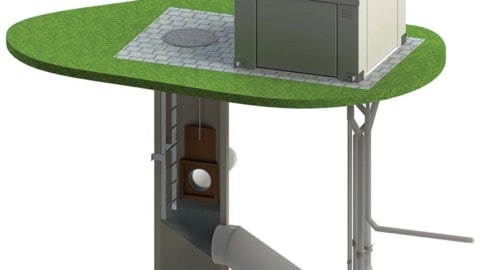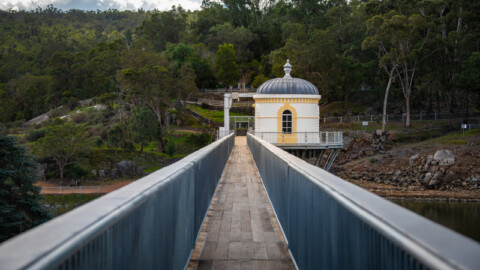The construction of a new nutrient removal plant will increase the capacity of Melbourne Water’s Western Treatment Plant (WTP) in Werribee, which treats around half of Melbourne’s sewage.
The WTP was established at Werribee in 1891, occupying over 10,500 hectares and is Melbourne’s first sewage treatment farm.
The new nutrient removal plant will provide an additional 140ML/d of capacity, the equivalent of 56 olympic-size pools per day, supporting not only the growing population in Melbourne’s west and north but also ensuring that the nitrogen levels in the effluent to Port Phillip Bay are maintained.
This new plant joins two existing nutrient removal plants at the WTP, but has a more energy efficient design and more advanced monitoring and control than its counterparts.
This innovation in monitoring and control will allow the facility to trial more cutting-edge nutrient removal and further drive down energy demand.
Melbourne Water WTP Treatment Capacity Increase Project Manager, Guy Fazzino, said, “Sewage is so much more than waste, it is now a valuable source of renewable energy and recycled water, and is contributing to our thriving wetlands.
“This important project will support a sustainable environment for all Melbournians, and truly reinforces the WTP’s place as a world leader in technical and environmental innovation.”
The local construction industry will also reap the benefits of the project’s construction, with contractor CPB UGL JV making a local content commitment of over 85 per cent under the Victorian Industry Participation Policy, with at least 10 per cent of the total man-hours on the project to be performed by apprentices and trainees.
CPB UGL JV is expected to commence construction in early 2017, and commissioning is scheduled for completion by the end of the 2018.
The additional capacity will benefit the community as it currently produces almost 40 billion litres of recycled water per year servicing nearby farms, parks and market gardens, and is also used on-site to irrigate pasture and maintain the health of the internationally protected wetlands.
The plant also plays an important role as a renewable energy resource due to huge covers over the WTP’s anaerobic ponds which capture methane gas, a byproduct of sewage treatment.
This captured methane fires gas engines which generate 71,500MW hours of renewable electricity every year, providing on average 95 per cent of the WTP’s energy needs. Any electricity generated in excess of the on-site requirements feeds back into the grid.
This helps to mitigate the energy use required to deliver safe water, remove and treat sewage, and manage the drainage and waterways across Melbourne, and prevents 87,000 tonnes of carbon dioxide from being emitted through the burning of fossil fuels.
















